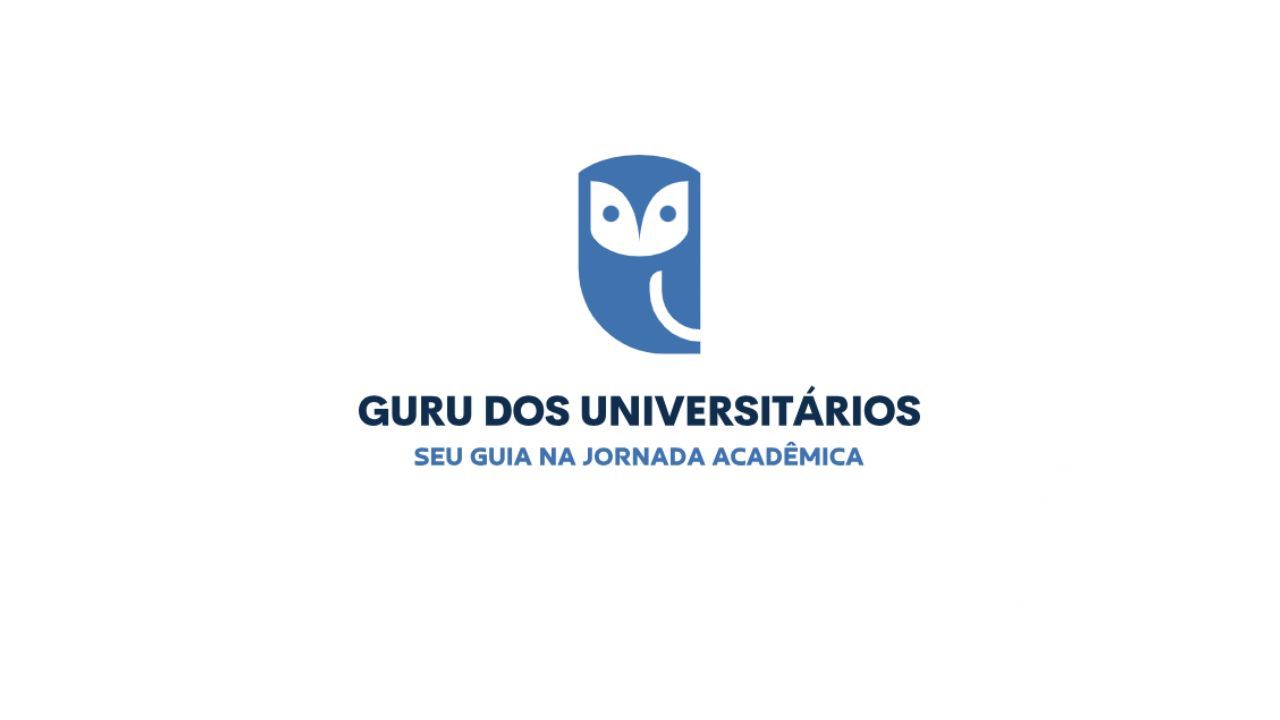Innovative Trends in Brazilian Higher Education: What to Expect
Introduction to Brazilian Higher Education
Brazilian higher education is undergoing a remarkable transformation, driven by innovative trends and technological advancements. With an increasing focus on improving accessibility and quality, educational institutions across the country are adopting new methods to enhance the learning experience. This post explores some of the key trends shaping the future of higher education in Brazil.

Digital Transformation in Universities
The digital transformation of universities is a significant trend in Brazil, as institutions strive to keep pace with global educational standards. The integration of digital tools and platforms in classrooms is enhancing the learning process, making it more interactive and engaging. This shift is not only improving accessibility but also ensuring that students are prepared for a technology-driven world.
Online courses and remote learning options have become increasingly popular, providing students with the flexibility to pursue education from anywhere. This trend is particularly beneficial in a country as vast as Brazil, where geographical barriers often limit access to quality education.
Adoption of Artificial Intelligence
Artificial intelligence (AI) is playing a crucial role in reshaping Brazilian higher education. AI-driven tools are being used to personalize learning experiences, providing students with tailored content and feedback. This personalization helps in identifying students' strengths and weaknesses, enabling educators to offer targeted support.

Focus on Sustainability and Environmental Education
As global awareness of environmental issues grows, Brazilian universities are increasingly incorporating sustainability into their curricula. Courses focused on environmental science, sustainable development, and renewable energy are becoming more common, equipping students with the knowledge needed to tackle pressing global challenges.
Universities are also implementing sustainable practices on their campuses, such as green buildings and waste reduction initiatives. These efforts not only reduce the carbon footprint of institutions but also serve as practical examples for students to learn from.
Collaborative Learning Environments
The traditional classroom setup is evolving into collaborative learning environments that promote interaction and teamwork. These spaces are designed to encourage discussion and problem-solving among students, fostering critical thinking skills. Collaborative learning is particularly effective in preparing students for the workforce, where teamwork is often essential.

Emphasis on Research and Innovation
Brazilian higher education is witnessing a renewed emphasis on research and innovation. Universities are investing in research facilities and fostering partnerships with industry leaders to drive technological advancement. This focus on research is crucial for addressing local and global challenges, from healthcare to agriculture.
Moreover, innovation hubs and incubators are being established within universities to support student-led startups. These initiatives provide budding entrepreneurs with the resources and mentorship needed to bring their ideas to life.
Conclusion
The innovative trends in Brazilian higher education are setting the stage for a more inclusive, engaging, and forward-thinking educational landscape. As these trends continue to evolve, they promise to enhance the quality of education and better prepare students for the complexities of the modern world. By embracing digital transformation, sustainability, collaboration, and research, Brazilian universities are paving the way for a brighter future.
